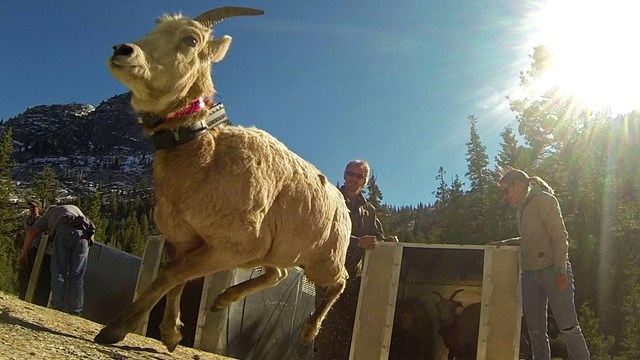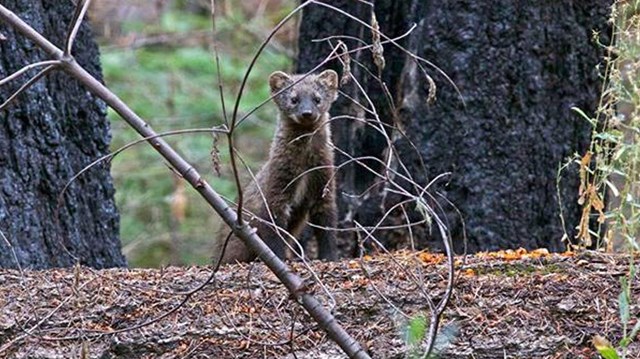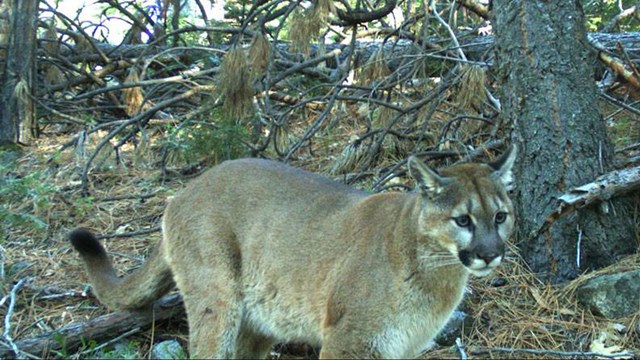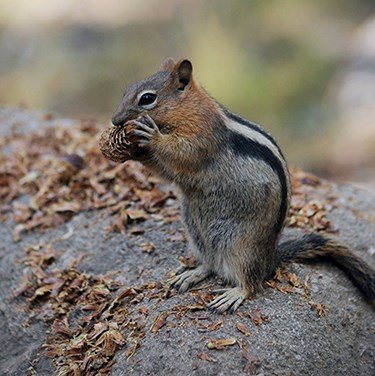|
Yosemite National Park's approximately 90 mammal species, and their behaviors, are truly fascinating for park visitors to observe safely and responsibly. Seventeen mammals have a special status by either the federal or California state governments due to declining population numbers or to a lack of information about their numbers and distribution. Ongoing research has put a magnifying lens on several mammal species within the park and continues to build on work in the 1920s by famous mammal researcher Joseph Grinnell. 
Black bears
American black bears found in Yosemite have long been of intense interest to park visitors and managers. 
Sierra Nevada bighorn sheep
Sierra Nevada bighorn sheep are once again at home in Yosemite's supremely beautiful Cathedral Range after an absence of over 100 years. 
Sierra Nevada Red Fox
A photo of a red fox padding atop a crest of snow in the far northern wilderness of Yosemite was proof that this creature is still alive. 
Pacific Fisher
Yosemite's wildlife staff have deployed motion-activated cameras in targeted locations to learn more about fishers and help them survive. 
Mountain Lions
Mountain lions—also called cougars, pumas or panthers—roam Yosemite’s mountains and valleys and are a natural part of the landscape. 
Bats
Yosemite is home to 17 species of bats, the only mammals capable of flight. 
Deer

Rodents
|
Last updated: February 13, 2017
